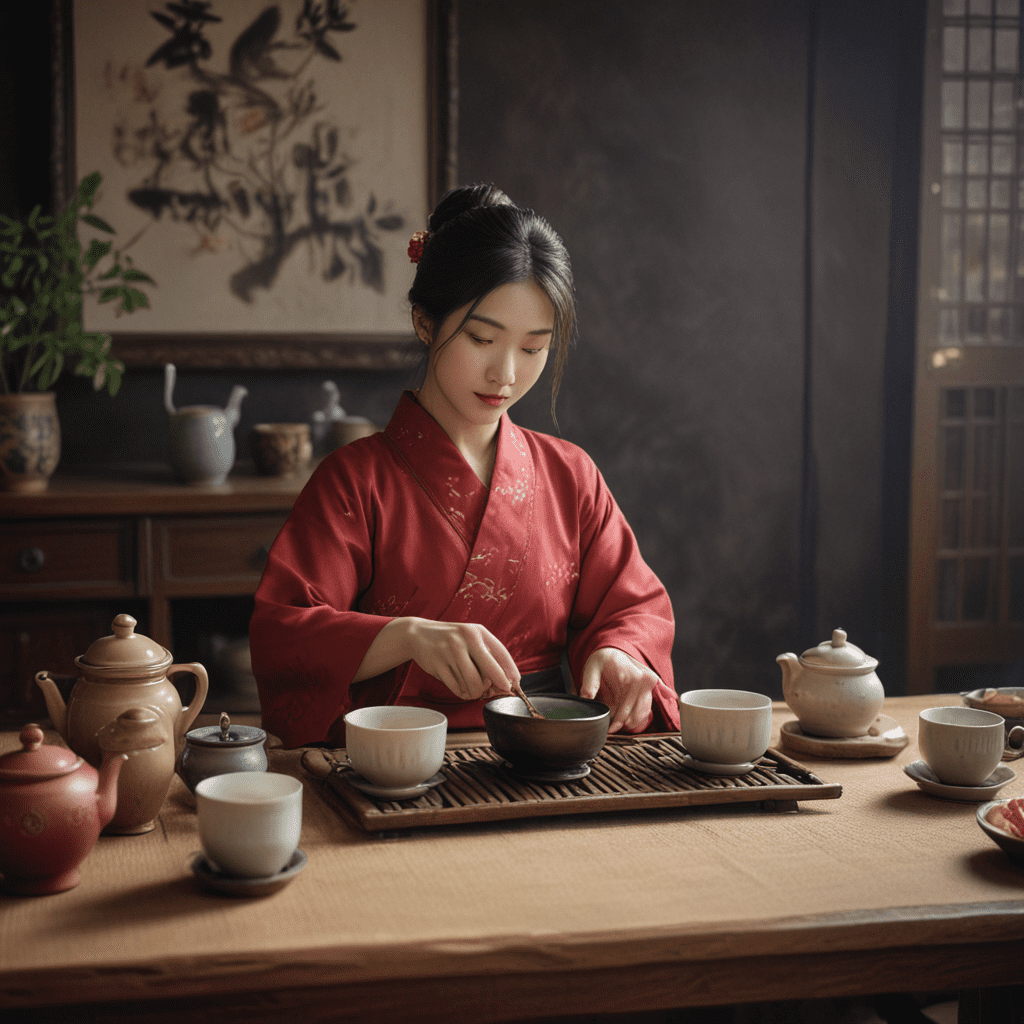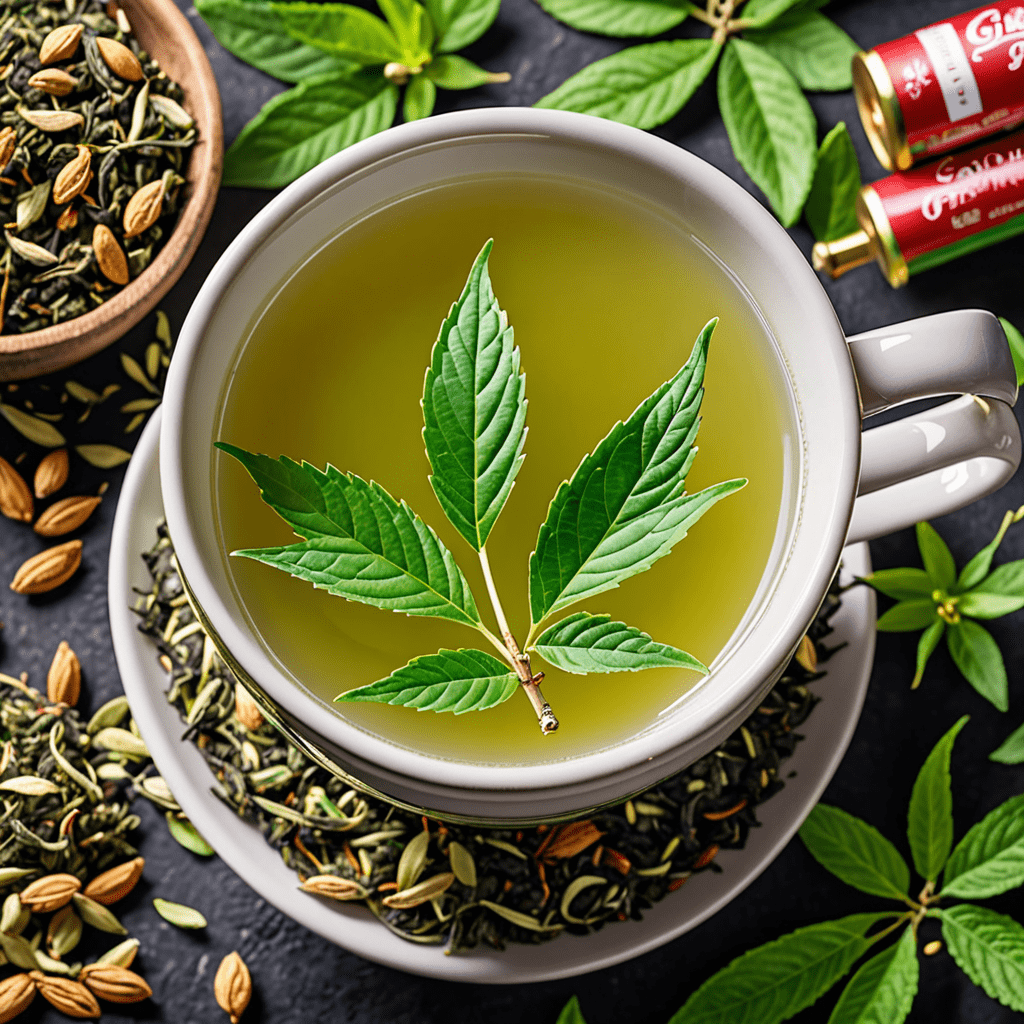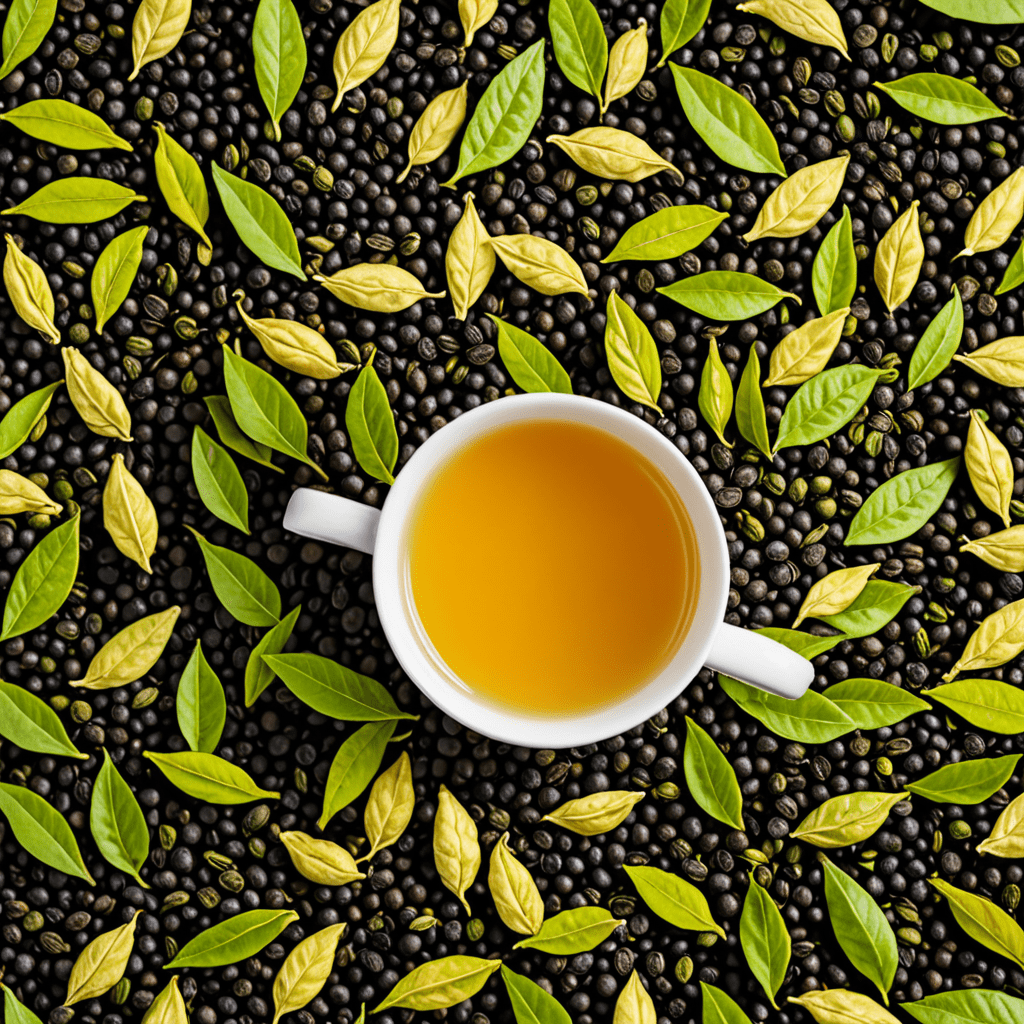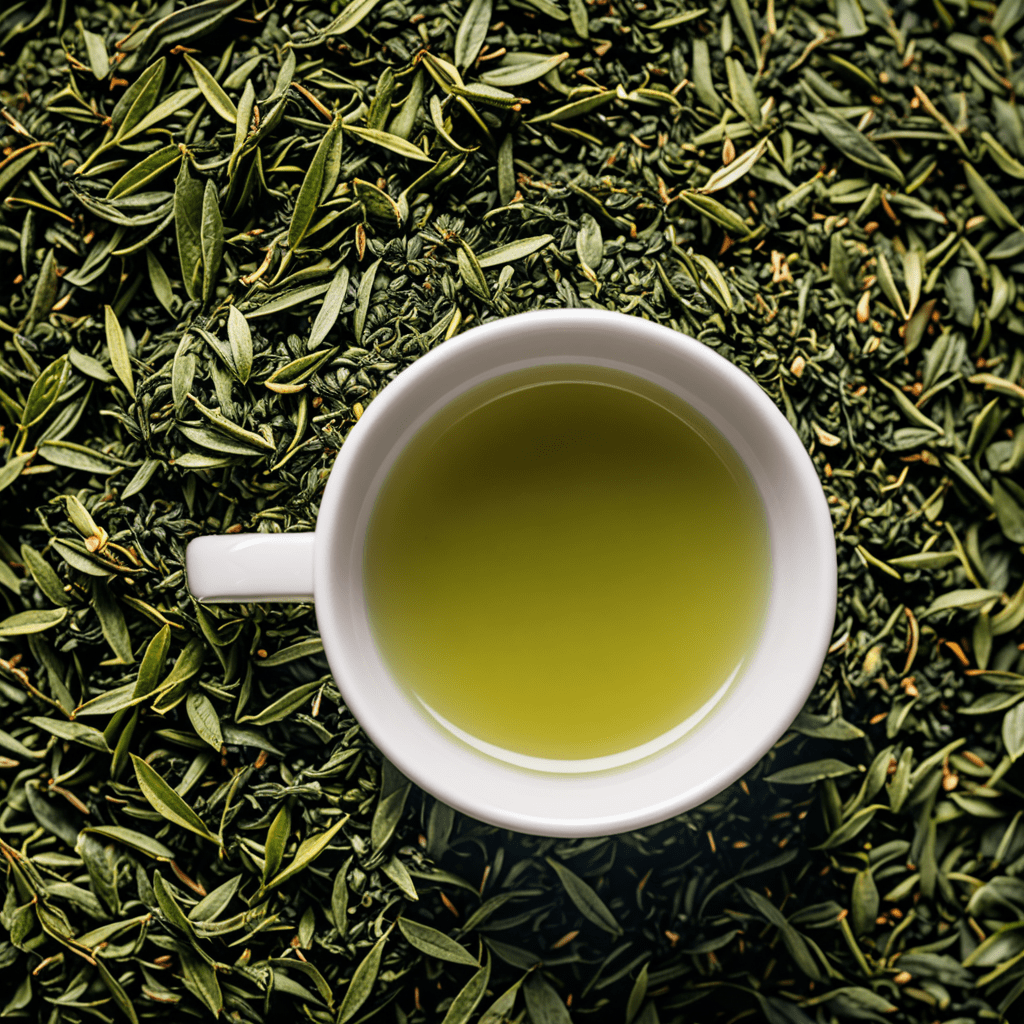
1. Introduction: The Significance of Tea Ceremonies in Chinese Culture
Tea ceremonies in China hold immense cultural significance, deeply embedded in the nation's traditions and social fabric. The practice of tea drinking has evolved over centuries, becoming an integral part of Chinese culture, reflecting its philosophy, aesthetics, and way of life.
2. The History of Tea Ceremonies in China
The history of tea ceremonies in China spans back to ancient times. Legends attribute the discovery of tea to the legendary Emperor Shennong in 2737 BCE. During the Tang dynasty (618-907 CE), tea drinking flourished, and the art of tea preparation was refined, giving rise to the first formal tea ceremonies.
3. Types of Tea Ceremonies in China
Chinese tea ceremonies vary in style and purpose. The most prevalent type is the Gong Fu Cha ceremony, which emphasizes meticulous attention to detail in preparing and serving tea. Other types include the Pi Cha ceremony, which involves brewing tea directly in a cup, and the Cha Dao ceremony, which focuses on the spiritual and philosophical aspects of tea drinking.
4. The Art of Tea Preparation
Preparing tea for a ceremony is a skilled art form. The choice of tea leaves, water temperature, brewing time, and serving ware are carefully considered. Each step is executed with precision and grace, contributing to the overall aesthetic experience.
5. Tea Ceremony Accessories and Symbolism
Tea ceremonies utilize various accessories, each imbued with symbolic meaning. Tea trays represent harmony, teapots symbolize prosperity, and teacups embody refinement. The placement and arrangement of these elements create a visually pleasing and meaningful setting for the ceremony.
6. The Etiquette and Rituals of Tea Ceremonies
The etiquette and rituals surrounding tea ceremonies are essential to their cultural significance. Guests are expected to behave respectfully, demonstrating humility, appreciation, and attention to detail. The host guides the ceremony, setting the pace and guiding guests through the various stages. Proper posture, gestures, and conversation topics are all part of the refined etiquette of tea ceremonies.
7. The Role of Tea Masters and Guests
Tea ceremonies in China often involve a designated tea master who leads the proceedings and embodies the principles of hospitality and grace. Tea masters possess extensive knowledge of tea lore, brewing techniques, and the symbolism associated with tea ceremonies. The role of guests is to be receptive, observant, and respectful, contributing to the harmonious atmosphere of the ceremony.
8. Tea Ceremonies in Modern Chinese Society
Tea ceremonies continue to be an important part of modern Chinese society, albeit with some adaptations in format and context. While traditional ceremonies are still practiced in certain settings, contemporary ceremonies often take place in teahouses, cultural centers, or even informal gatherings among friends. The emphasis on social connection, relaxation, and shared cultural experiences remains central to the practice.
9. The Cultural Impact and Legacy of Tea Ceremonies
The cultural impact and legacy of tea ceremonies in China cannot be overstated. Tea ceremonies have influenced Chinese art, literature, music, and philosophy. The concepts of tranquility, harmony, and reverence that permeate tea ceremonies have left a lasting impression on Chinese society, shaping its cultural values and aesthetic sensibilities. They continue to be revered as a sacred ritual and a bridge between past traditions and present-day customs.
10. Conclusion: The Enduring Legacy of Tea Ceremonies
Tea ceremonies in China represent a rich and enduring cultural legacy that continues to fascinate and captivate people around the world. They are an expression of Chinese artistry, spirituality, and the deep connection between humans and nature. Whether practiced in traditional settings or adapted to modern lifestyles, these ceremonies remain a timeless testament to the cultural significance of tea in Chinese society.
Frequently Asked Questions
Q: What is the significance of tea ceremonies in Chinese culture?
A: Tea ceremonies in China symbolize tranquility, harmony, and reverence, representing a deep cultural connection between humans and nature.
Q: What are the different types of tea ceremonies in China?
A: The most common type is Gong Fu Cha, emphasizing meticulous tea preparation, while other types include Pi Cha (direct brewing in cups) and Cha Dao (注重spiritual and philosophical aspects).
Q: What accessories are used in tea ceremonies?
A: Accessories include tea trays (symbolizing harmony), teapots (prosperity), teacups (refinement), and more, each contributing to the visual and symbolic richness of the ceremony.
Q: What is the role of a tea master?
A: Tea masters possess extensive knowledge and guide guests through the ceremony, embodying hospitality, grace, and the principles of tea lore.
Q: How are tea ceremonies practiced in modern-day China?
A: While traditional ceremonies persist, contemporary practices have adapted, often taking place in teahouses, cultural centers, or gatherings, preserving the emphasis on relaxation and social connection.


